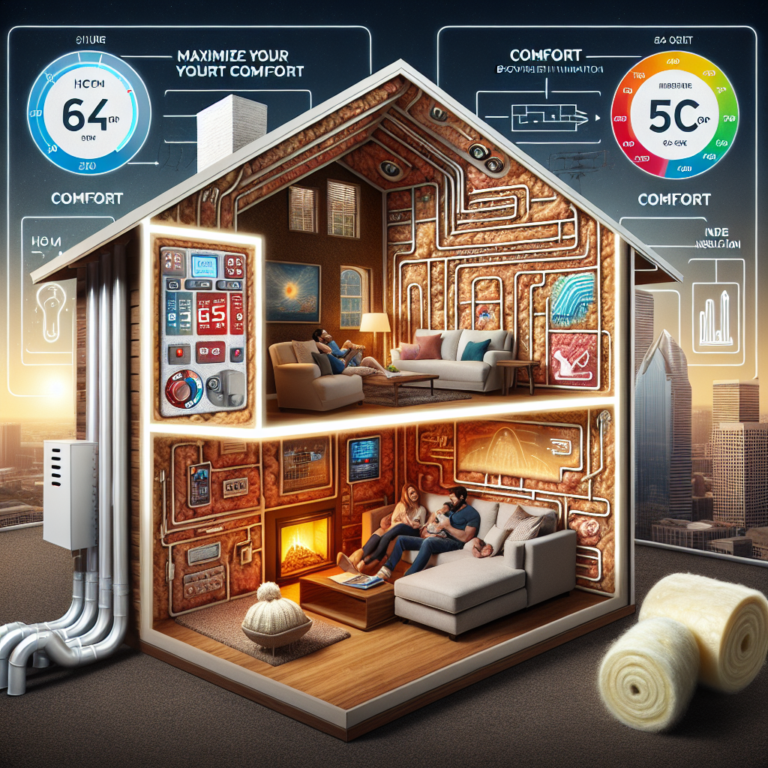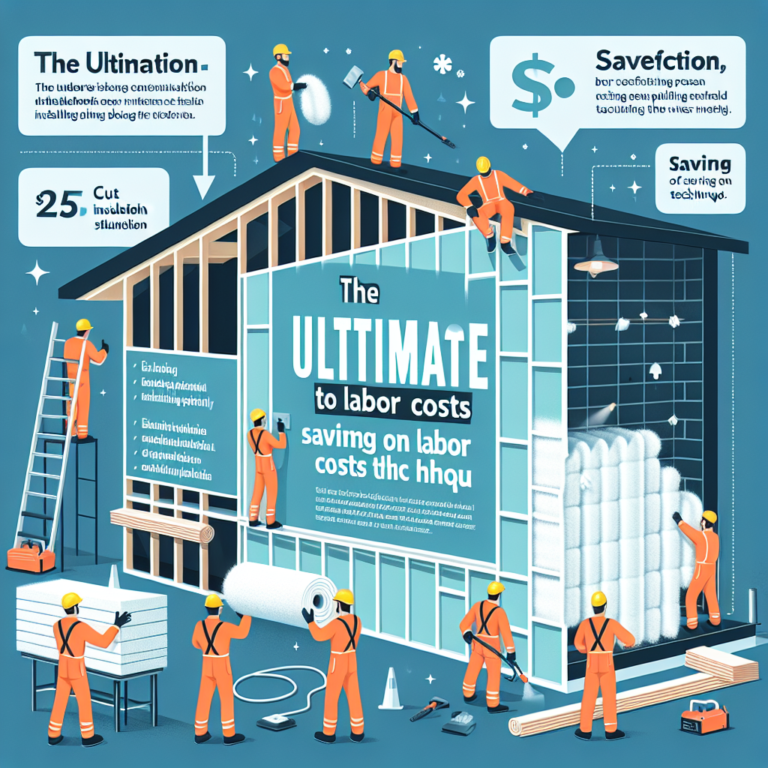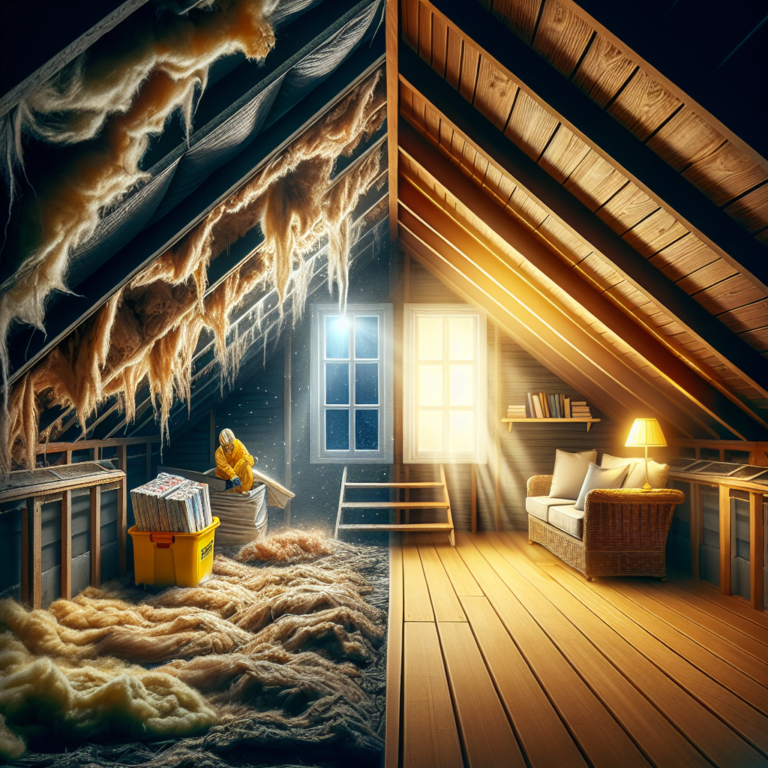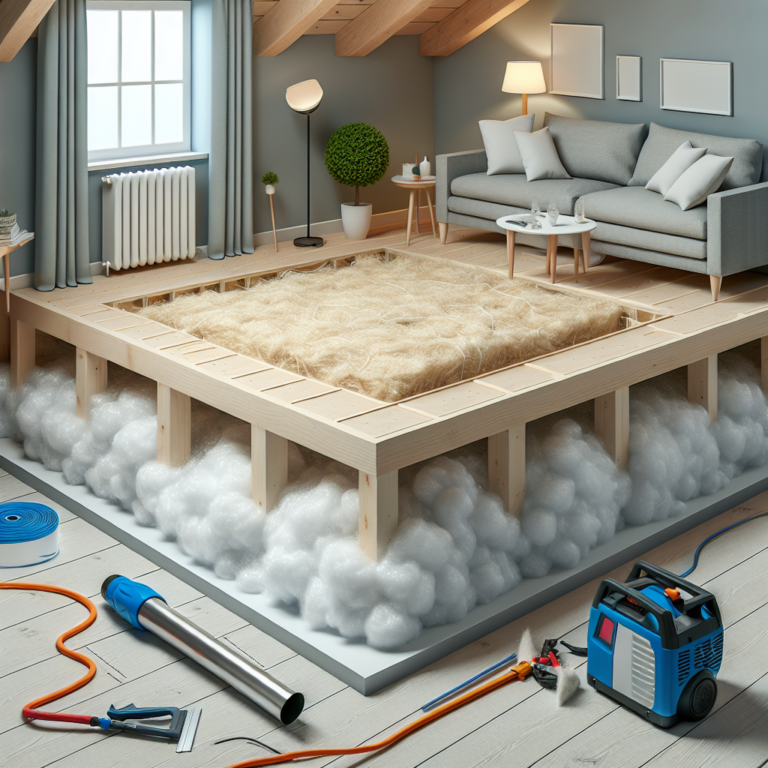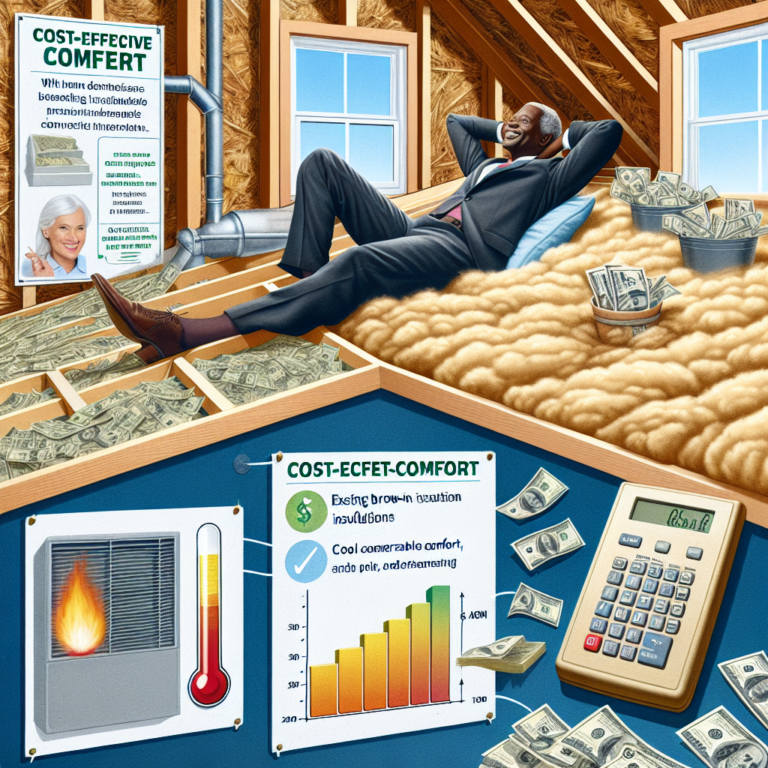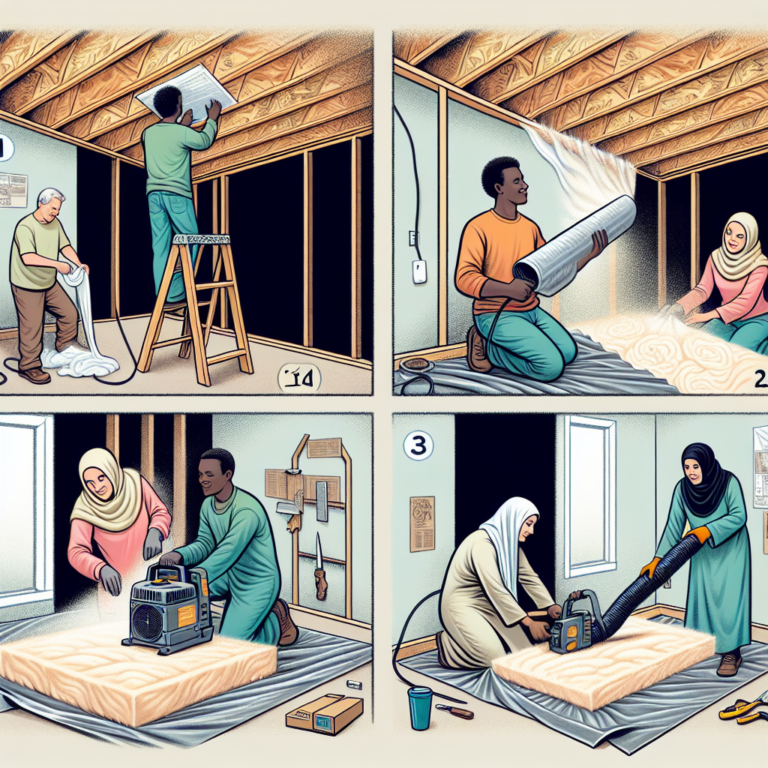Revamp Your Home with Affordable White Blown Insulation: Price of Blown Insulation Revealed!
Introduction
White blown insulation offers an easy, eco-friendly way to cut energy bills and boost home comfort. Made from recycled fiberglass or cellulose fibers, this loose-fill material is blown into attics, walls or crawl spaces to seal gaps and slow heat transfer. In this article, we explore key benefits, unpack the factors that influence the price of blown insulation and share practical tips to maximize savings. Whether you’re building new or retrofitting an older home, understanding the true cost and performance of white blown insulation will help you make a smart investment.
H2: Price of Blown Insulation: What Homeowners Should Know
The price of blown insulation varies based on material, installation complexity and local labor rates. On average, homeowners pay between $1.00 and $2.50 per square foot for fiberglass loose-fill, and $1.20 to $3.00 per square foot for cellulose. A typical 1,000-square-foot attic might cost $1,200–$2,500 to insulate. These figures include material, equipment rental and professional labor—though DIY kits can reduce costs if you have the skill and time.
H2: The Cost-Effectiveness of White Blown Insulation Compared to Other Types
• Upfront Investment: White blown insulation is more affordable than spray foam or rigid board, which can run $3–$5 per square foot.
• R-Value Performance: Fiberglass loose-fill offers R-3.2 to R-3.8 per inch; cellulose delivers R-3.1 to R-3.7. While spray foam may exceed R-6 per inch, its higher price often outweighs marginal performance gains for many homeowners.
• Installation Speed: Blown insulation installs in a few hours, minimizing labor costs. Batts or rolls require precise cutting and fitting, and foam spray needs curing time.
H2: Factors Affecting the Price of Blown Insulation
1. Material Quality
– Brand and recycled content affect cost. Higher recycled-content cellulose is pricier but greener. Premium fiberglass resists settling better.
2. Desired R-Value
– Thicker insulation layers raise material needs and labor hours. Cold climates demand R-49 to R-60 in attics, while moderate zones may need R-38 or less.
3. Space Accessibility
– Tight crawlspaces and vaulted ceilings add time and equipment rental. Contractors may charge a premium for scaffolding or specialty nozzles.
4. Regional Labor Rates
– Urban areas typically have higher labor rates than rural regions. Always get multiple quotes to compare.
H2: Maximizing Savings with White Blown Insulation
• Seal First, Then Insulate: Air leaks around windows, doors and plumbing penetrations undermine insulation effectiveness. Use caulk or spray foam to plug leaks before adding blown insulation.
• Reuse Existing Insulation: In some cases, old fiberglass batts can serve as a base layer; top off with blown insulation rather than removing everything.
• Look for Rebates and Tax Credits: Many utilities and federal programs offer rebates or tax incentives for home energy upgrades. Check local energy-efficiency programs to offset installation costs.
• DIY When Feasible: Renting a blow-machine and handling installation yourself can save on labor, but ensure you follow safety guidelines and achieve uniform coverage.
H2: Q&A About White Blown Insulation
Q: How long does blown insulation last?
A: Properly installed fiberglass or cellulose loose-fill can last 20–30 years or more, maintaining its R-value if it remains dry and undisturbed.
Q: Will blown insulation settle over time?
A: Cellulose may settle 10–20% over decades; fiberglass settles less. Inspect annually and add more insulation if necessary.
Q: Is white blown insulation safe?
A: Modern fiberglass and cellulose are non-toxic, fire-resistant and free of formaldehyde. Always wear protective gear during installation.
Conclusion
Investing in white blown insulation is one of the most cost-effective ways to improve comfort, lower heating and cooling bills and increase home value. By understanding the price of blown insulation, from material choices to installation factors, you can plan a budget-friendly upgrade that delivers lasting energy savings. Seal leaks, explore rebates and choose reputable installers to ensure your home stays warm in winter, cool in summer—and your energy costs stay under control.


